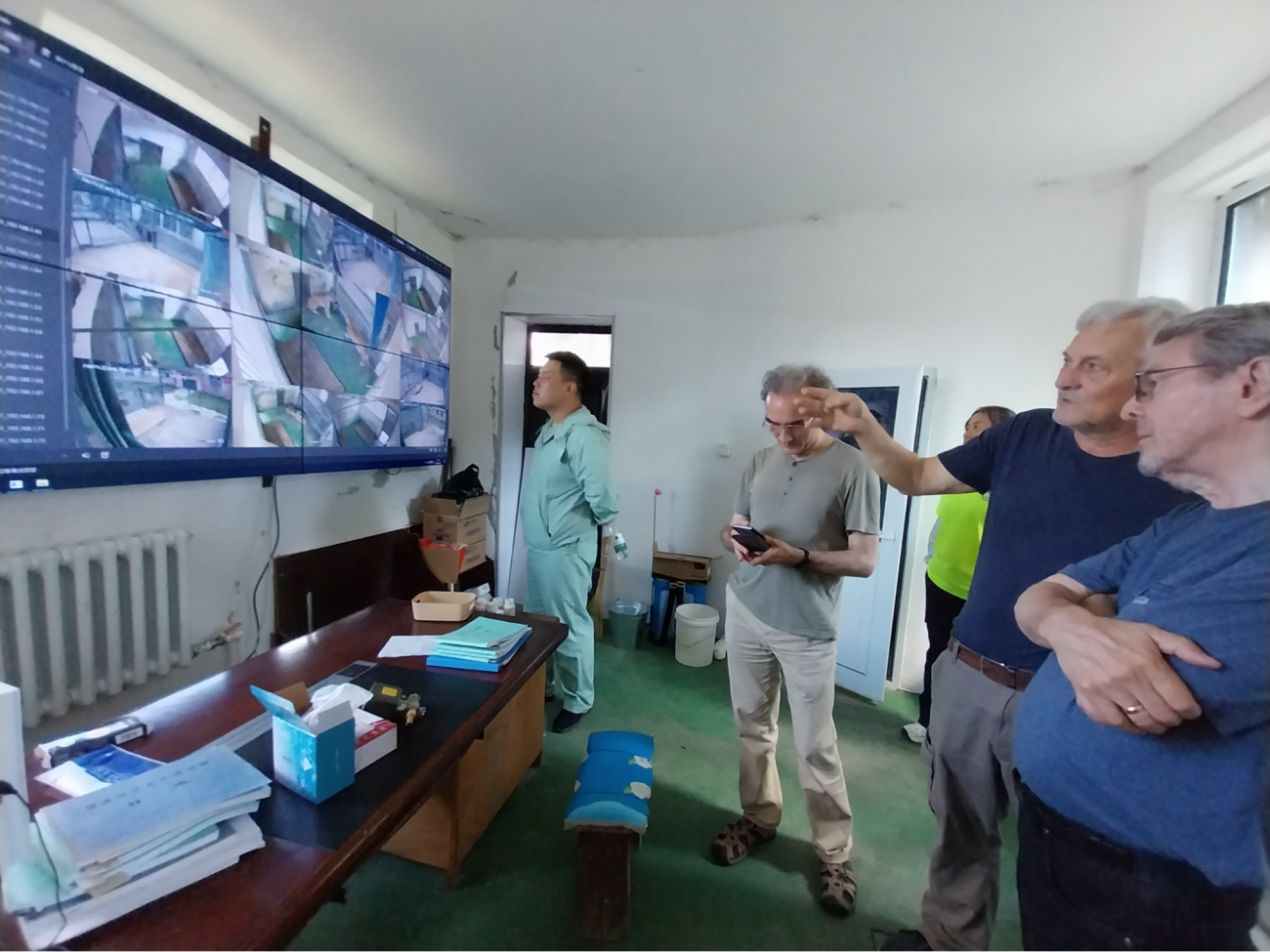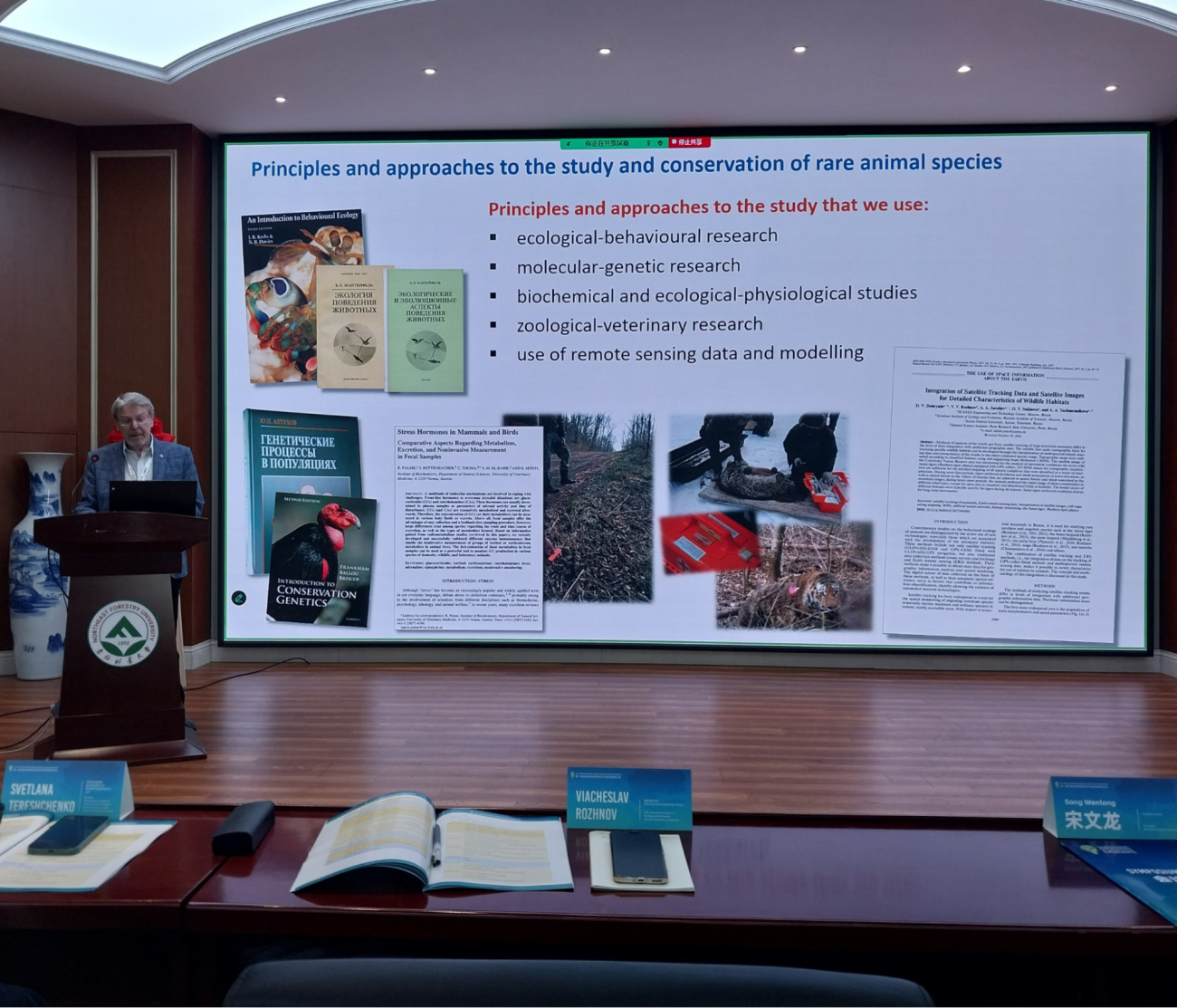
In the first half of September 2025, a working trip by staff from the A.N. Severtsov Institute of Ecology and Evolution of the Russian Academy of Sciences (IEE RAS) to the People's Republic of China took place.
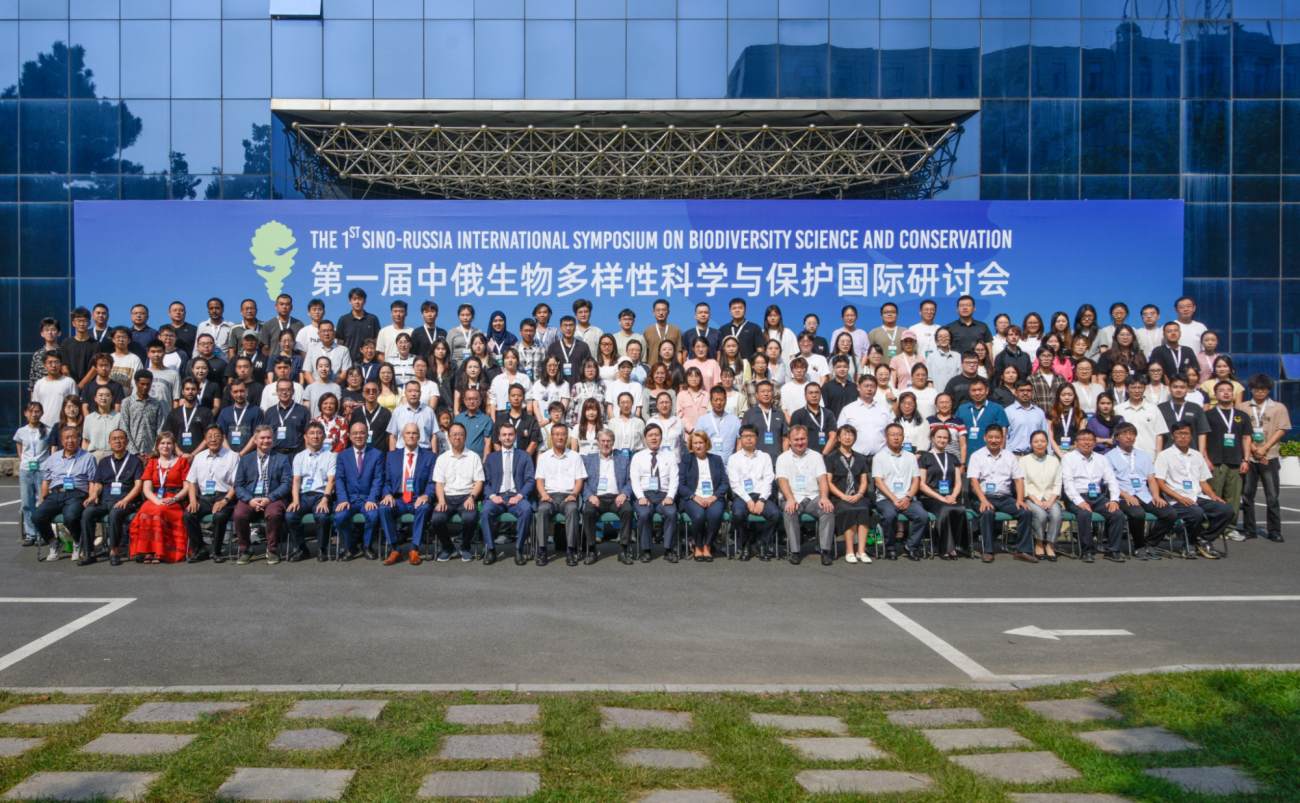
The trip included two key areas. The first was participation in the First Russian-Chinese International Symposium on Biodiversity Science and Conservation, which took place September 3–5 at Northeast Forestry University (Harbin). Russian Academy of Sciences Academician V.V. Rozhnov delivered a plenary report on leopard conservation efforts in Russia. I.P. Kotlov and A.A. Yachmennikova, who also moderated the session, presented at the biodiversity conservation session.
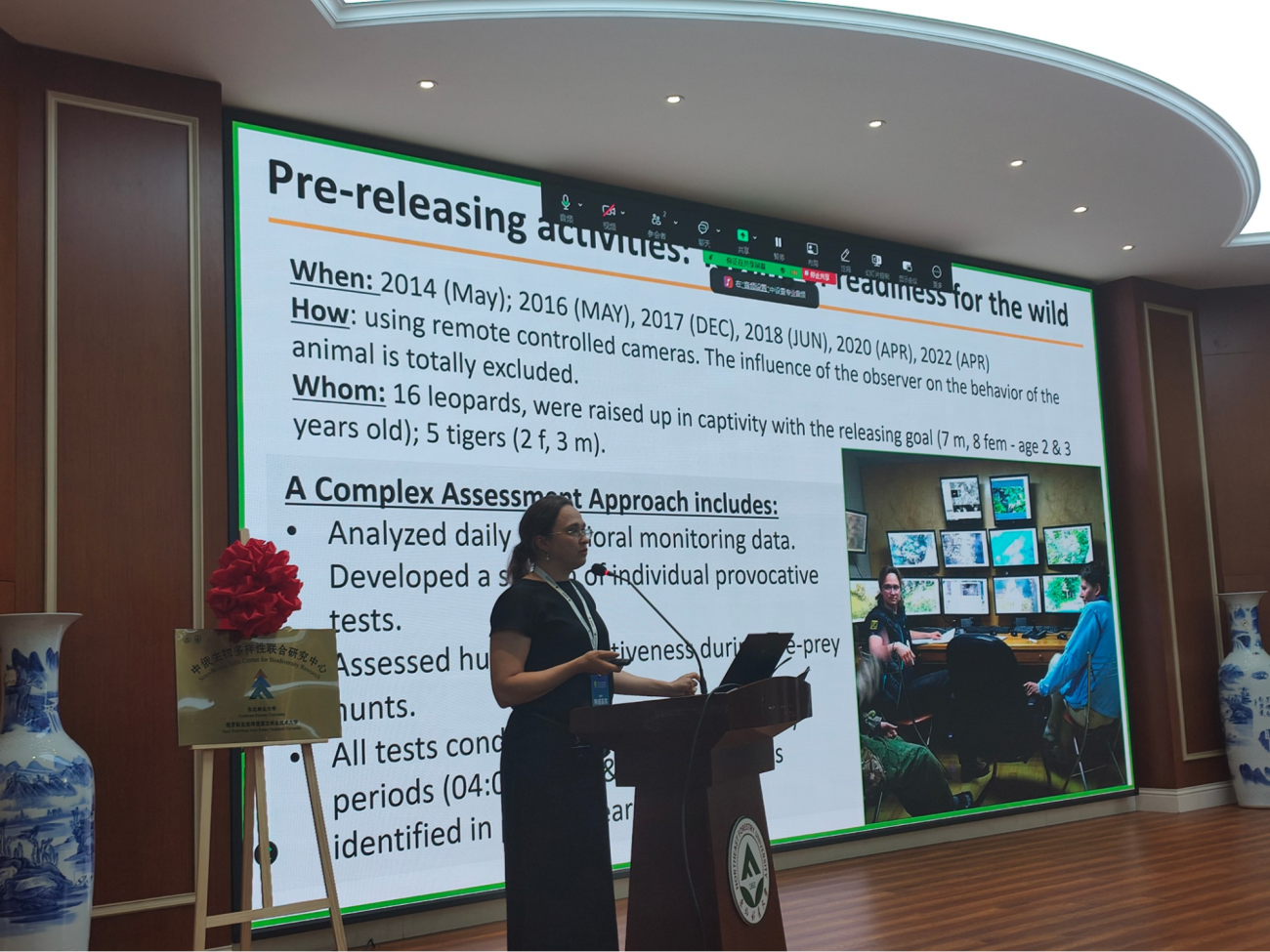
The second objective was to organize a unique scientific experiment to study Amur tiger sleep. The work was conducted through collaboration between the Institute of Ecology and Evolution of the Russian Academy of Sciences and the Northeast Forestry University (NEFU) at a joint Russian-Chinese laboratory established in March 2024. During the experiment, researchers O.I. Lyamin and E.A. Nazarenko installed three high-resolution cameras for continuous, round-the-clock monitoring of a tigress and her litter of five cubs at Hengdaohezi Tiger Park (a branch of the Siberian Tiger Rescue Center). The goal of the study was to describe all the nuances of Amur tiger sleep patterns using a number of behavioral criteria. Over several days of continuous recording, unique video footage was collected. Its analysis will allow for the first detailed study of the sleep patterns of this species and comparison with data on small cats.
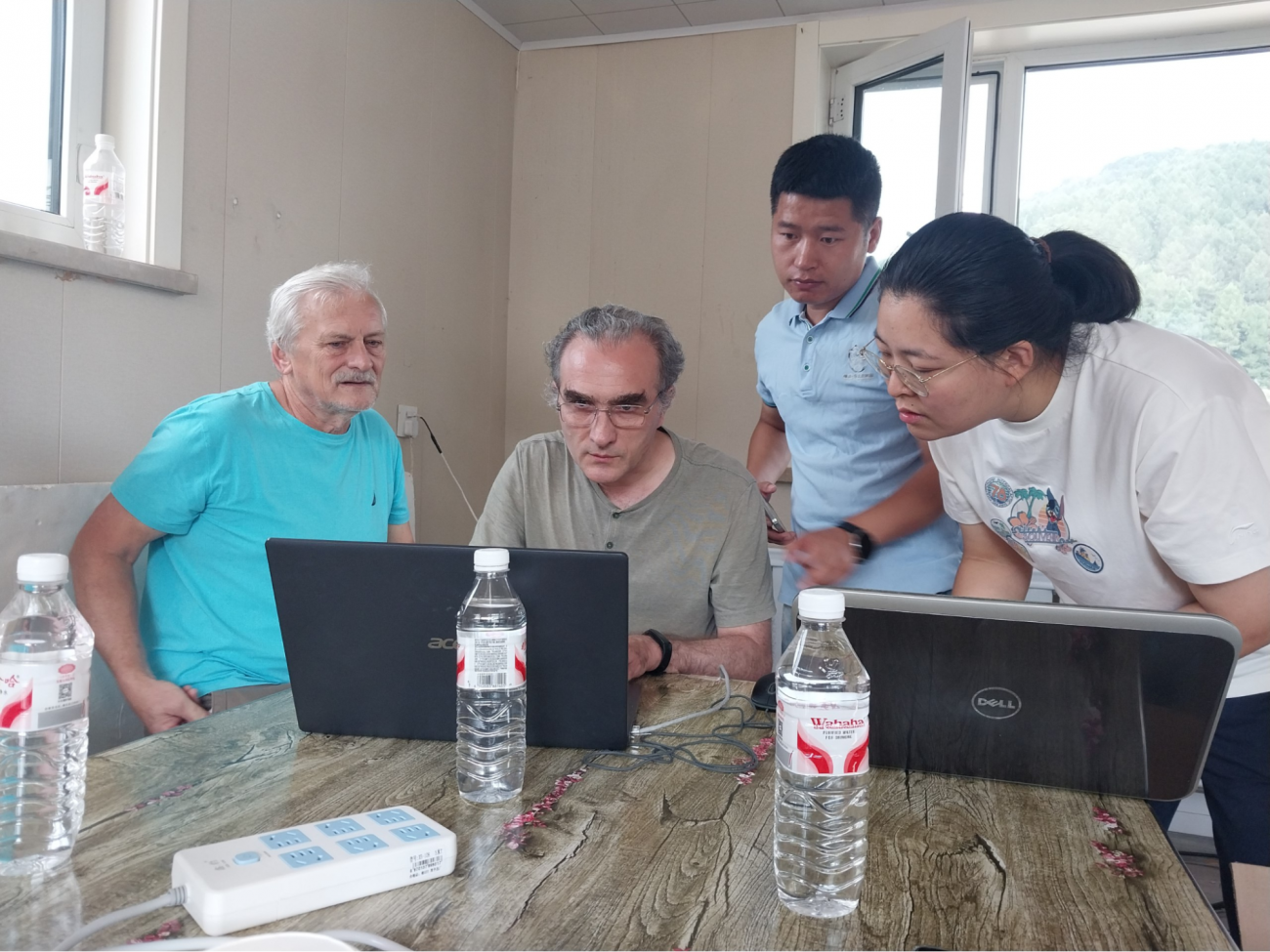
The trip also included working meetings with colleagues from the Institute of Natural Resources and Ecology of the Heilongjiang Provincial Academy of Sciences, where further steps for cooperation were agreed upon. Professor O.I. Lyamin gave a lecture to Chinese colleagues from the Russian-Chinese laboratory of the IEE-NEFU.
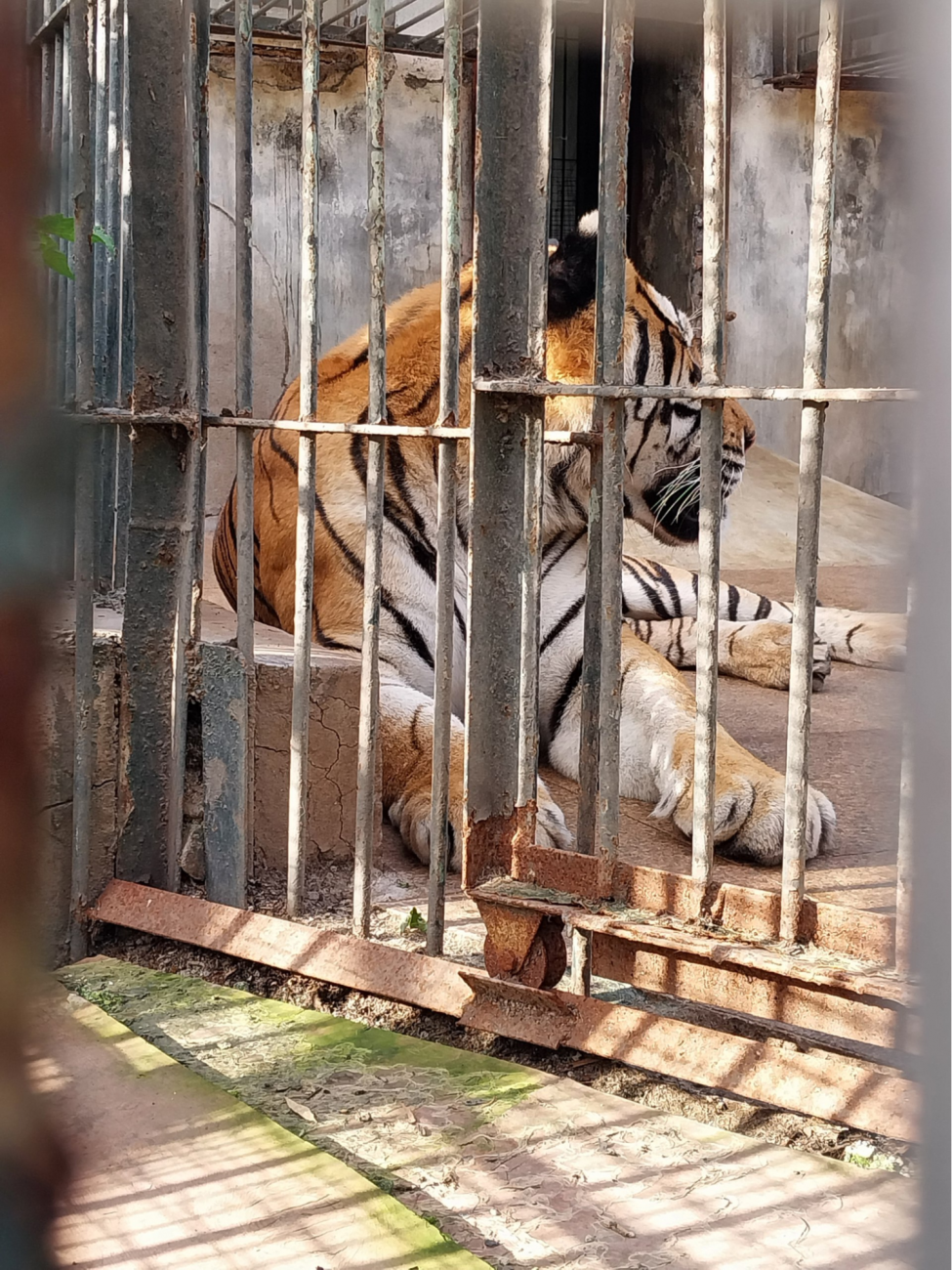
The trip strengthened scientific ties between Russian and Chinese researchers and opened new prospects for joint projects in the field of biodiversity study and conservation.
